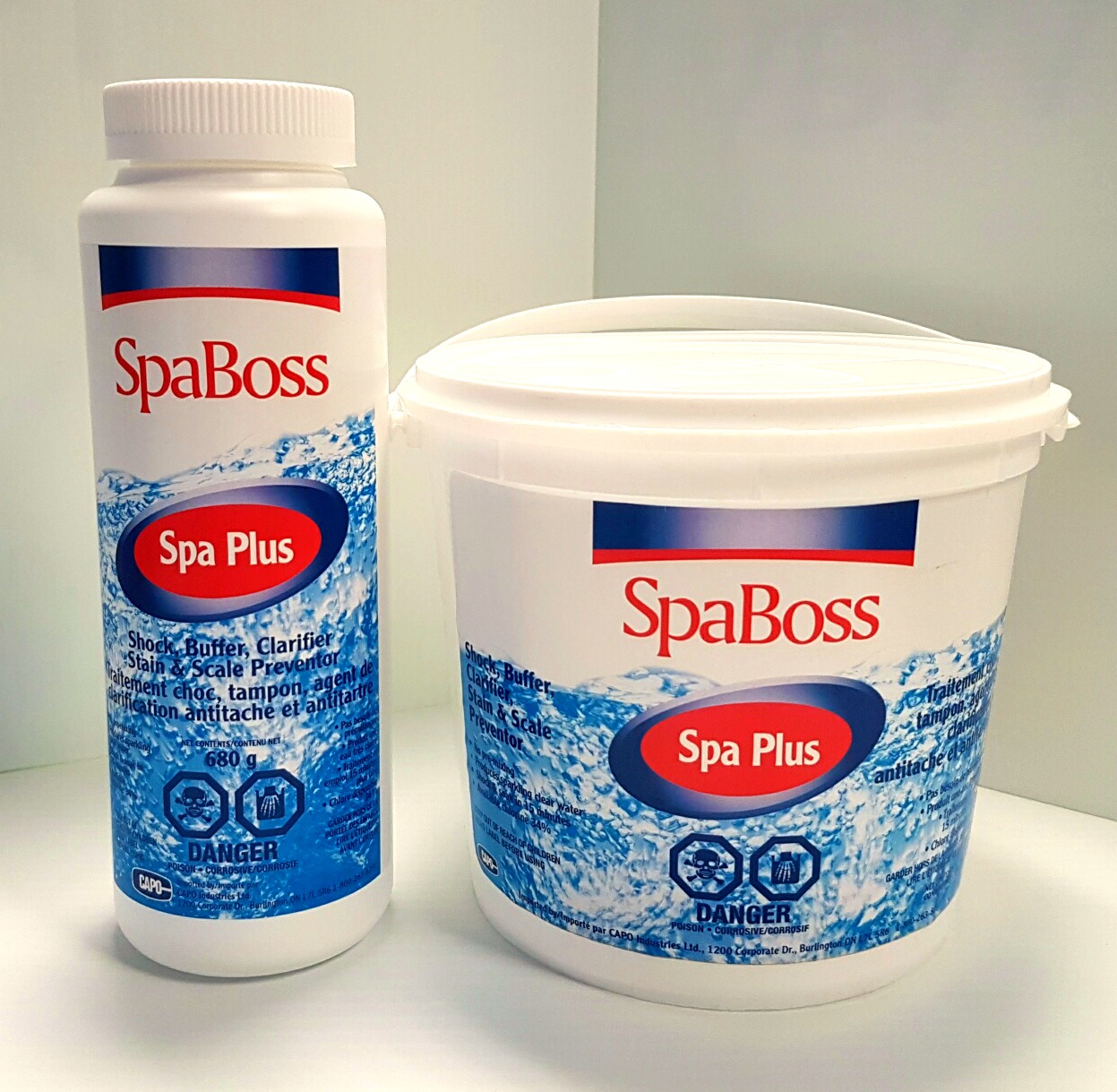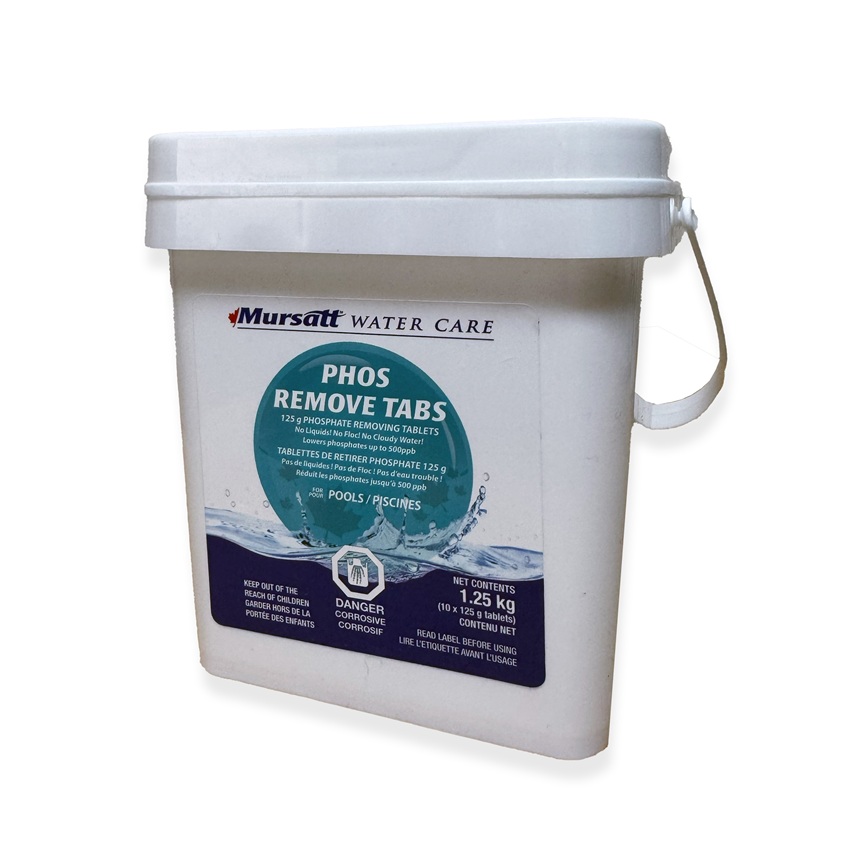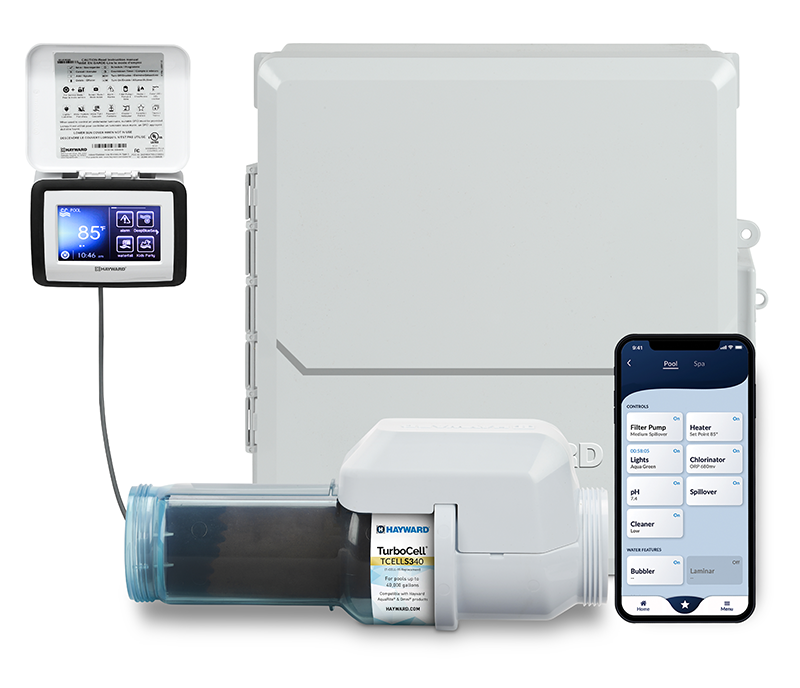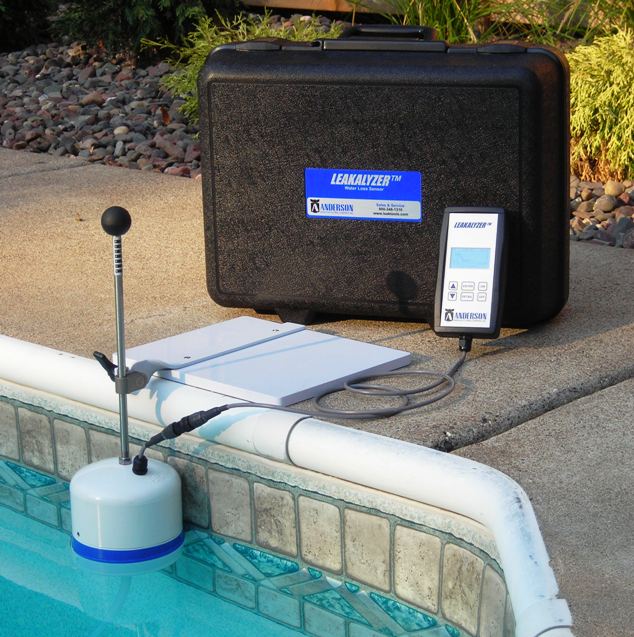Seasonal maintenance tips for hot tub retailers
By Colin Taylor, B.Sc.
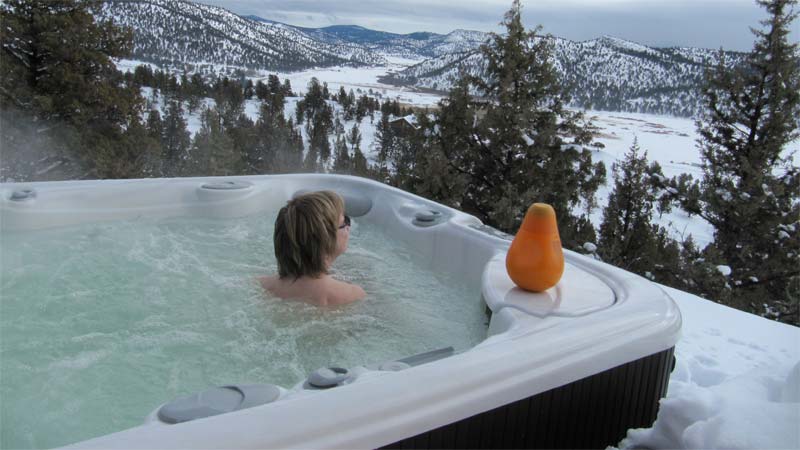
For many homeowners, the decision to close their hot tub for the season is not as automatic as it is for most pool owners. Just because the leaves change colours and the temperature drops, it does not mean the hot tub has to be winterized, putting an end to the warm-water therapy season (at least for a few months).
The customer’s choice whether or not to winterize their hot tub is personal and is based on many things. For instance, some may elect to close their hot tub based on whether they are going to be home for the winter, if their hot tub is not located within an enclosure (e.g. gazebo), or if it is not easily accessible via a covered walkway.
However, those customers who want to use their hot tub after the snow has fallen should be provided with the following tips to prevent cracks from developing during the winter deep freeze. These problems can occur when stagnant water expands and contracts in and around the plumbing, jets, and other components after it freezes and subsequently thaws.
This article will help retailers and service professionals explain to customers the proper way to maintain water in their hot tub during the winter—as well as how to close it properly if they so choose. It will also provide important water care tips that should be passed on to the customer that are unique to the winter season and inclement weather.
Operating a hot tub during winter
Even in the cold, hot tub water chemistry should be kept at the same general levels as any other season to ensure the homeowner has an enjoyable bathing experience. When using a test strip, the following readings should be targeted:
- pH 7.2 to 7.6
- chlorine 3 to 5 parts per million (ppm) or bromine 4 to 6 ppm
- alkalinity 80 to 120 ppm
- hardness 100 to 250 ppm
It is also a good idea for the customer to add a water conditioner that buffers pH and alkalinity values from week to week, as it can make water care easier in the winter. Keep in mind, sanitizer levels will fall quickly each time they use their hot tub; therefore, the customer should be advised to add chlorine or bromine regularly.
It should also be recommended they use a non-chlorine monopersulfate shock oxidizer every time they exit the hot tub. This will help to neutralize organics such as body oils, as well as prevent unwanted proliferation. Further, it allows the sanitizer to last longer and work more efficiently.
Customers should also pay closer attention to the water temperature in the winter. One way they can do this is to set their hot tub to auto-heat, or other equivalent setting, which will allow it to run for at least 15 minutes every hour. If the client’s hot tub is equipped with a 24-hour circulation pump, this is a moot point because the water is constantly circulating.

